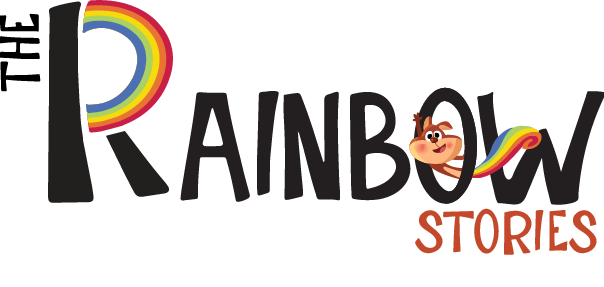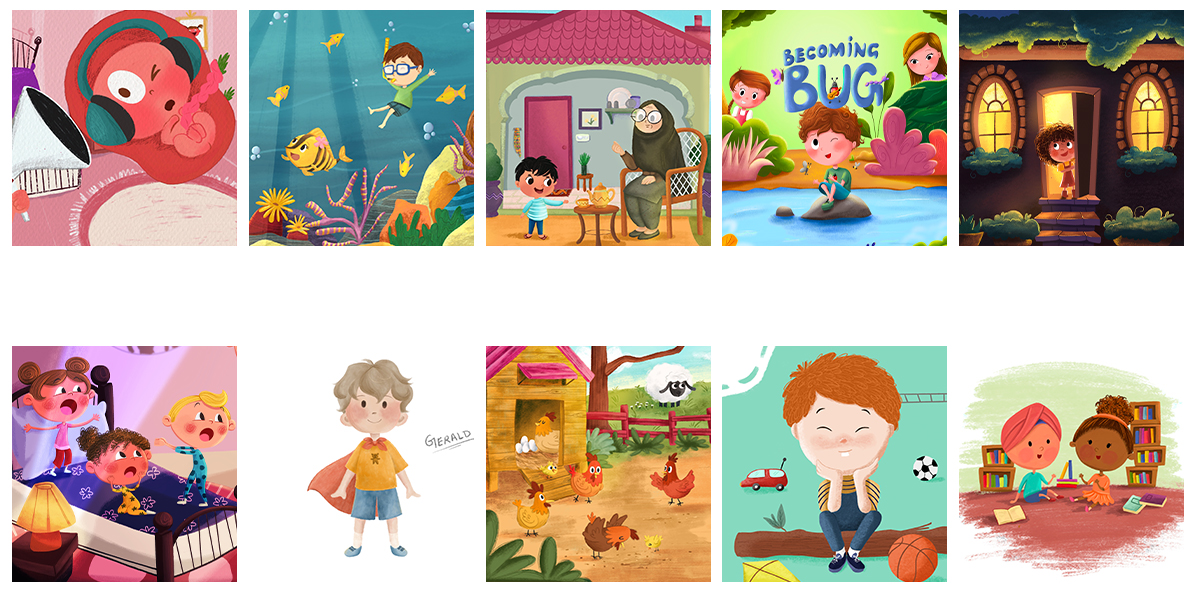Book Illustrators play a magical role in children’s storytelling, transforming words into vivid characters and worlds that captivate young readers. From the first sketch to the final artwork, they use the book illustration process to craft expressive, kid‑friendly illustrations that feel personal and immersive. Through visual storytelling, these artists convey emotion, mood, and narrative arcs that resonate even before children learn to read.
Children’s book illustrators collaborate closely with authors and editors to ensure every illustration enhances the text. By blending creativity with educational illustrations for kids, they enrich the reading experience and turn simple narratives into enchanting illustration book adventures.
How Book Illustrators Shape Imagination
Book Illustrators begin by fully immersing themselves in the manuscript, closely examining character traits, settings, and emotional arcs to inform their visual approach. They sketch initial concepts and thumbnails, refining facial expressions and body language until the characters feel natural and relatable. This careful design phase uses visual storytelling to maintain consistency in character appearance and emotional tone across spreads.
By aligning sketches with narrative intent and iterating based on feedback, illustrators build early attachments with young readers. The result is a cohesive book illustration process that turns text into living, engaging characters for kids.
Collaborating with Text
Children’s book illustrators collaborate closely with authors and editors, beginning with mood board discussions and thumbnail sketches to capture the story’s tone and visual narrative. These rough layouts allow both writer and illustrator to align on mood, pacing, and character placement before finalizing the art.
By integrating feedback early, illustrators ensure the images do more than embellish they enhance emotional beats and narrative flow. This collaborative stage of the book illustration process transforms text into cohesive, engaging visuals that support the story’s intent, ultimately elevating each page into a richer, more immersive reading experience for young audiences. . Want to stay ahead of the curve? Discover the top Book Illustration Trends authors should watch in 2025 and see how innovation is shaping the future of storytelling.
Character Design & Kid‑Friendly Illustrations
Designing kid‑friendly illustrations means using bold colors, approachable forms, and clear emotions. Illustrators draw inspiration from everyday life, nature, or even their own childhood (as in Jane Massey’s Little Knight sketches) to create relatable characters who feel real and safe for early readers.
Explore our professional Character Design Services to bring your story’s characters to life with expressive, kid-friendly illustrations.
Visual Storytelling in Action
Through visual storytelling, illustrators convey mood, pacing, and subtext. Body language, composition, and palette work reveal character journeys and emotional beats—sometimes even without words. This is especially powerful in educational illustrations for kids, where visuals can make lessons memorable and engaging.
The Book Illustration Process: From Sketches to Final Art
The book illustration process typically involves:
(a) rough concept sketches
(b) layout thumbnails/storyboards aligning text and image
(c) intermediate painted drafts for feedback
(d) final artwork cleanup, coloring
(e) color correction for publishing.
Each step refines the character’s visual personality so they feel consistent and alive.
Explore our in-depth blog on Book Illustration Services for authors and publishers
Educational Illustrations for Kids
In books designed to teach like alphabet or counting stories illustrations double as learning tools. Icons, diagrams, labeled objects and friendly characters create approachable lessons. These educational illustrations for kids introduce concepts simply and joyfully, blending learning with storytelling.
Creating Emotional Connection
Child readers connect emotionally through facial expressions, gestures, and eye contact. Book Illustrators infuse characters with nuance—joy, fear, surprise—so readers empathize. The illustrator’s thoughtful design invites children to project themselves into characters, enhancing engagement and recall.
Revision & Iteration
Feedback drives refinement. Authors and art directors review drafts to fine-tune character expressions, color harmony, and pacing. Illustrators iterate through layers—sketch, color, shade—until every page resonates both visually and narratively. This iterative book illustration process builds trust and creativity in the collaboration.
The Final Artwork & Publication Prep
In finalization, illustrators tidy lines, calibrate palettes for print, and ensure the artwork fits within trim and bleed guidelines. They separate characters from backgrounds, add type-safe zones, and prepare print‑ready files so their creations appear vibrant and polished in the finished book.
Legacy & Illustration Book Impact
Classic book illustrators like Garth Williams and contemporary award-winners such as Michaela Goade have shaped how children perceive stories. Their images leave lasting impressions and inspire curiosity and creativity in young minds. Through their visual storytelling, they carry characters across generations.
Conclusion.
Book Illustrators truly are the essential architects of a child’s imaginative landscape. By guiding readers through emotional highs and subtle lessons, they transform simple narratives into immersive worlds. Their journey—from initial sketches to polished final art—reflects a masterful book illustration process, carefully blending expressive, kid‑friendly illustrations with purposeful educational visuals for children.
Through visual storytelling, they deepen narrative impact, ensuring that each spread not only entertains but also enlightens. In weaving educational illustrations for kids seamlessly into charming scenes, illustrators invite young readers to learn and feel alongside characters.
This fusion of artistry and pedagogy makes reading a joyful, enriching journey, fostering emotional connection and lifelong literary curiosity. Ultimately, these artists bring characters to life, sparking wonder and creativity on every page—proving that illustrations in children’s books are far more than decoration; they’re essential conduits for learning, empathy, and imagination.

